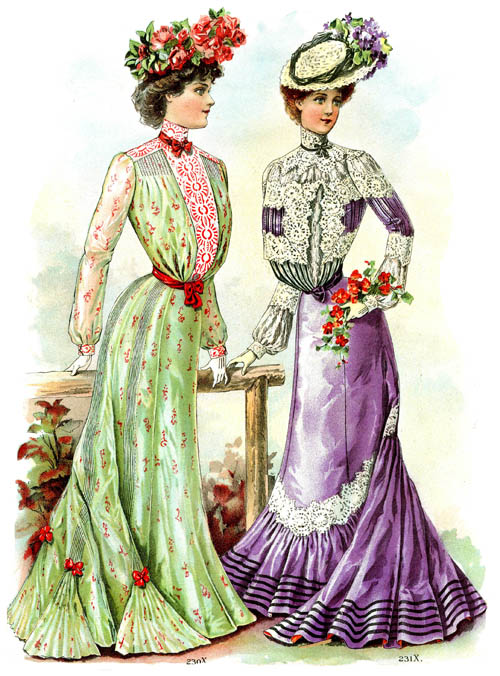 Perhaps nowhere in Victorian Britain is the gulf between rich and poor so noticeable as in the world of the Victorian child. Most of the articles in Victorian magazines that address child care and child education are aimed at the upper-class reader. The child of this reader has the leisure to be entertained and educated; the family has the luxury of debating what the best foods are for the child, or what constitutes appropriate and fashionable clothing.
Perhaps nowhere in Victorian Britain is the gulf between rich and poor so noticeable as in the world of the Victorian child. Most of the articles in Victorian magazines that address child care and child education are aimed at the upper-class reader. The child of this reader has the leisure to be entertained and educated; the family has the luxury of debating what the best foods are for the child, or what constitutes appropriate and fashionable clothing.
The child of poverty, conversely, has no such leisure. Far from looking for sources of entertainment or anticipating new toys, such a child may be working more than ten hours per day. (In 1850, an act was passed limiting working hours for women and children to ten hours a day; later the act was extended to limit working hours to 10.5 hours for all workers.) In Britain, compulsory education for children wasn't required until 1870; although "ragged schools" existed before this, education was primarily reserved for the upper classes.
America was certainly not without poverty, but tended to regard success as a result of personal effort rather than heredity. The concept of free education for all was established in the earliest days of the colonies, which meant that children of all economic levels had access to education more than a century before such options existed in Britain. Child labor, however, was widespread in America, with a succession of laws regarding hours and minimum working ages coming into effect throughout the 19th century.
|
Visit Our Victorian Shop
for:
Books
Coloring Books
Beautiful Spiral Journals
Holiday Greeting Cards
|
|


 Discover thousands of Victorian images in our
Discover thousands of Victorian images in our  Perhaps nowhere in Victorian Britain is the gulf between rich and poor so noticeable as in the world of the Victorian child. Most of the articles in Victorian magazines that address child care and child education are aimed at the upper-class reader. The child of this reader has the leisure to be entertained and educated; the family has the luxury of debating what the best foods are for the child, or what constitutes appropriate and fashionable clothing.
Perhaps nowhere in Victorian Britain is the gulf between rich and poor so noticeable as in the world of the Victorian child. Most of the articles in Victorian magazines that address child care and child education are aimed at the upper-class reader. The child of this reader has the leisure to be entertained and educated; the family has the luxury of debating what the best foods are for the child, or what constitutes appropriate and fashionable clothing.